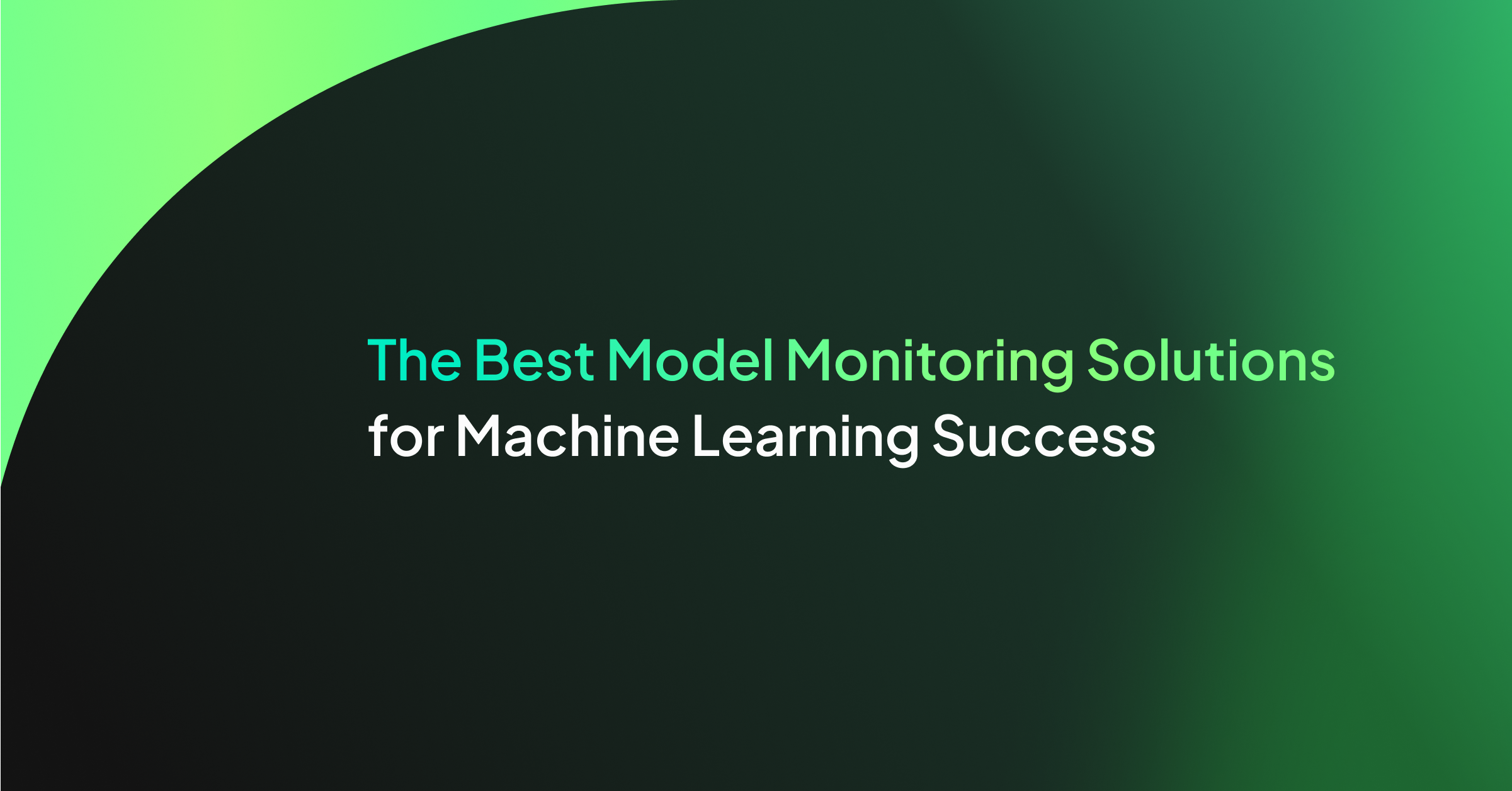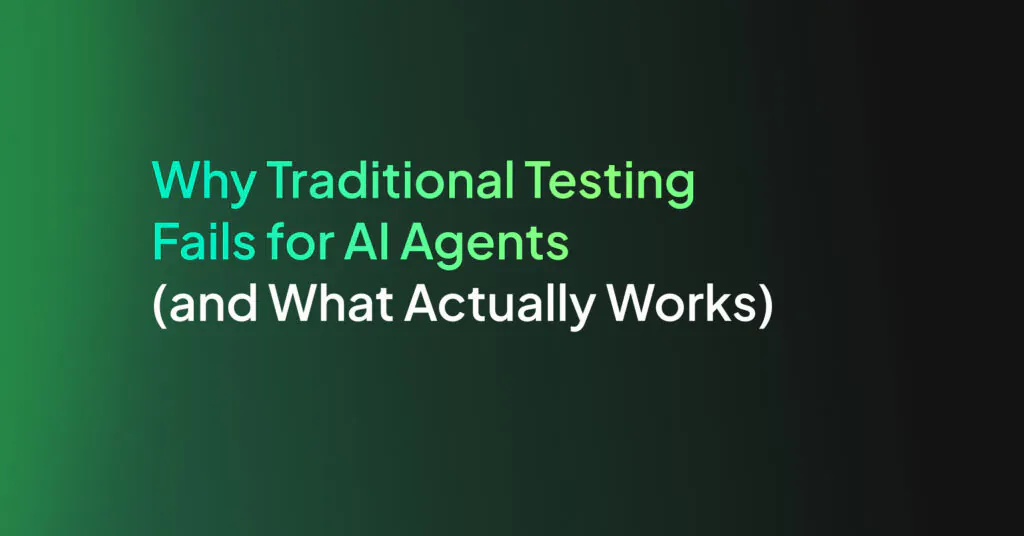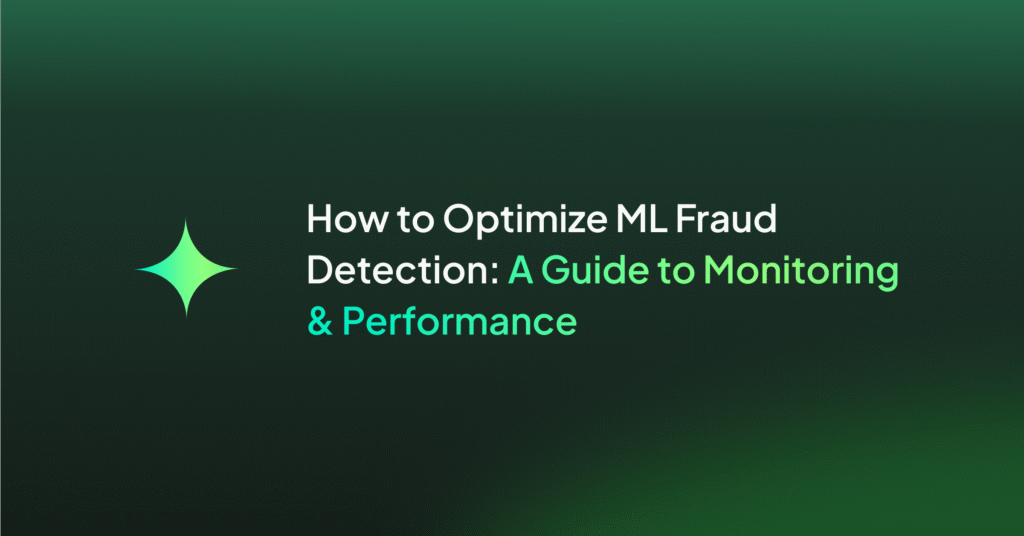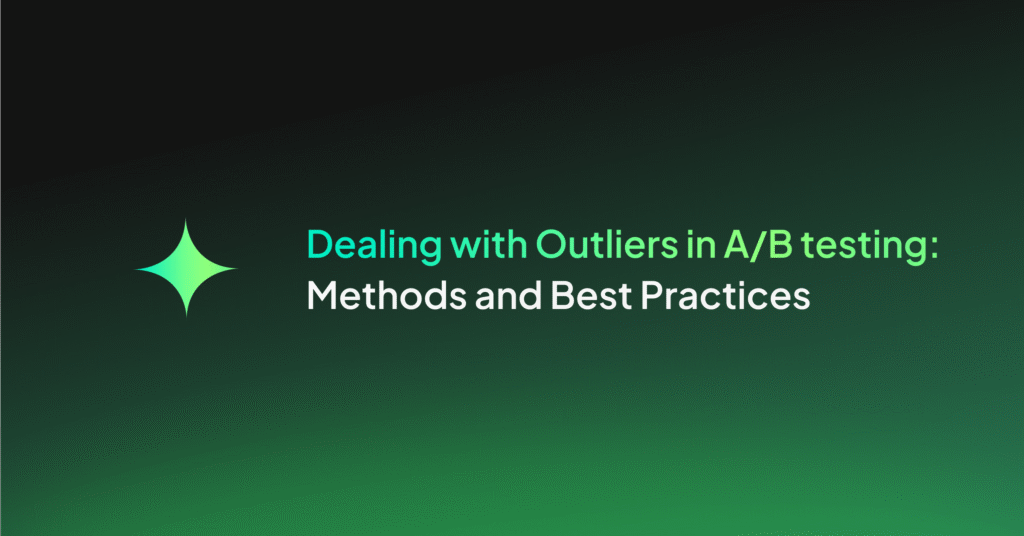The Best Model Monitoring Solutions for Machine Learning Success

What is Model Monitoring?
Model monitoring plays a crucial role in the machine learning lifecycle, ensuring that your models are performing optimally and generating accurate predictions.
As your ML model makes predictions and influences decisions, it relies on the assumption that the underlying data distribution remains relatively stable. However, in reality, data is like a river – constantly evolving, ebbing, and flowing. Consequently, the model’s performance may degrade over time as it grapples with unanticipated changes in data.
Enter model monitoring. Analyzing trends and identifying performance issues, helps maintain your model’s relevance and accuracy. This continuous vigilance enables data scientists to detect anomalies, diagnose issues, and fine-tune models to adapt to the ever-changing data landscape.
Why is Model Monitoring Important?
In the dynamic world of machine learning (ML), model monitoring is an indispensable MLOps practice, akin to a vigilant sentinel ensuring the well-being of your ML ecosystem. Why is it so vital, you ask? Let’s dive into the crux of the matter!
Model monitoring is crucial to ensure high model performance, avoid the impact of production issues, and essentially help drive revenue from continuous ML success. Monitoring production models is also key for regulatory compliance and ensuring transparency in decision-making processes. This is particularly important for industries like finance and healthcare, where model performance and fairness are paramount.
With the rapid increase in the use of AI and ML across industries, selecting the best platform for your needs is essential. In this article, we explore the best model monitoring solutions on the market — from open-source, industry leaders, and legacy solutions — to help you make an informed decision.
Model Monitoring Platforms
1. MLflow
MLflow is an open-source platform for managing the complete machine learning lifecycle. While it is primarily known for experiment tracking and model deployment, it also offers model monitoring capabilities. By using MLflow’s REST API, you can collect and visualize model performance metrics, facilitating organizations already using MLflow in their ML pipelines.
2. Prometheus
Prometheus is an open-source systems monitoring and alerting toolkit that is widely used for monitoring Kubernetes clusters. By extending Prometheus, you can also monitor your machine learning models. Integrating with popular ML libraries and frameworks, Prometheus offers a reliable solution for tracking model performance metrics and generating alerts.
3. TensorFlow Model Analysis (TFMA)
TFMA is a library for evaluating TensorFlow models, enabling users to compute and visualize various evaluation metrics over different dataset slices. This helps users to understand model performance across diverse data subgroups and identify potential issues. While it is tailored for TensorFlow models, it offers a solution for monitoring model performance in production.
4. Evidently AI
Evidently AI is an open-source Python library that provides model monitoring and validation tools. It allows data scientists to analyze model performance, detect data drift, and identify prediction errors. With its modular design and easy integration, Evidently AI is a popular choice for those seeking a lightweight, code-first solution.
5. Amazon SageMaker Model Monitor
As a part of the Amazon SageMaker suite, Model Monitor offers an end-to-end solution for monitoring machine learning models in production. It automatically detects concept drift, data drift, and performance issues, and sends alerts to stakeholders. While it is primarily designed for SageMaker models, it can be extended to monitor models trained and deployed on other platforms as well.
6. DataRobot MLOps
DataRobot MLOps is an enterprise-grade solution that provides robust monitoring capabilities for AI models. It offers monitoring for data drift, model drift, and accuracy loss, along with customizable alerts and dashboards. DataRobot MLOps is designed for large-scale deployments and integrates seamlessly with various data sources and ML platforms.
7. AzureML
AzureML, Microsoft’s cloud-based machine learning platform, has become a vital tool for data scientists and developers in deploying and monitoring their ML models. AzureML offers a suite of tools, such as Model Data Collector and Azure Application Insights, which enable users to effectively track and assess model performance and ensure their reliability in a production environment.
8. Grafana
Grafana is an open-source platform for monitoring and observability. While it is not specifically designed for machine learning, its flexible plugin architecture allows users to build custom monitoring solutions for their ML models. By integrating with data sources like Prometheus or Graphite, Grafana can visualize model performance metrics and generate alerts based on user-defined thresholds.
9. Seldon Core
Seldon Core is an open-source platform for deploying, scaling, and monitoring machine learning models. Its primary focus is on model deployment and serving, but it also includes built-in model monitoring capabilities. Seldon Core leverages Kubernetes for orchestration and can be easily integrated with popular monitoring tools like Prometheus and Grafana. This makes it an ideal choice for organizations that prefer a Kubernetes-native solution for their ML infrastructure.
10. IBM Watson OpenScale
IBM Watson OpenScale is an AI platform that provides visibility and control over AI and ML models deployed in production. It offers advanced monitoring features such as data drift detection, fairness monitoring, and explainability. OpenScale supports various ML frameworks and platforms, making it a versatile solution for diverse AI deployments.
11. Vertex AI
Google’s Vertex AI, a robust managed platform for developing, deploying, and maintaining machine learning models, provides monitoring features to help users optimize their models’ performance. Vertex AI incorporates tools like the Vertex Model Monitoring service, which offers continuous monitoring of model quality and sends alerts in case of any deviations from desired performance metrics. Additionally, with Vertex AI Explanations, users can gain insights into the feature attributions impacting their model’s predictions, which helps to improve transparency and interpretability.
Final Thoughts
Selecting the right model monitoring platform is essential for ensuring the success of your machine learning projects. The platforms mentioned above cater to different needs and use cases, ranging from open-source solutions like MLflow and Prometheus to enterprise-grade offerings like DataRobot MLOps, and Sagemaker.
Consider your organization’s specific requirements, infrastructure, and ML frameworks in use when choosing the best model monitoring platform for your needs. With a robust monitoring solution in place, you can have greater confidence in the performance and reliability of your AI and ML models in production.




